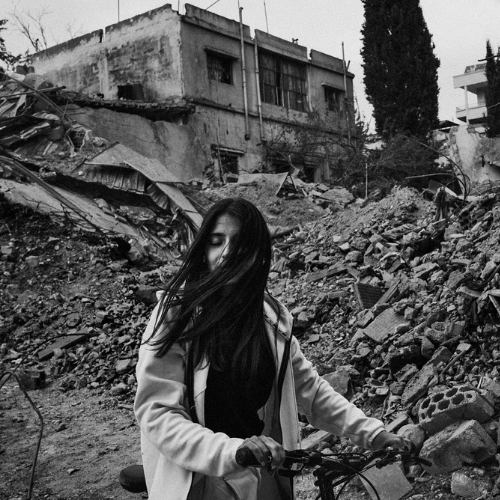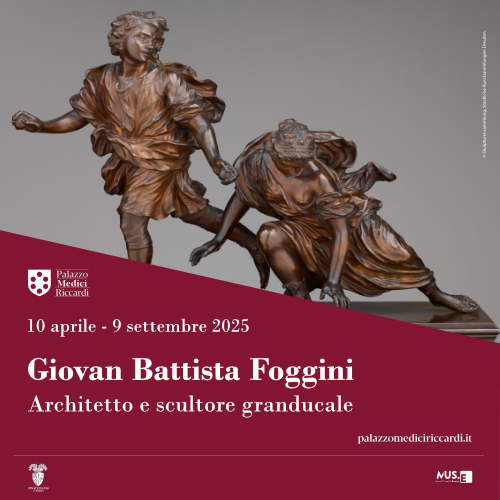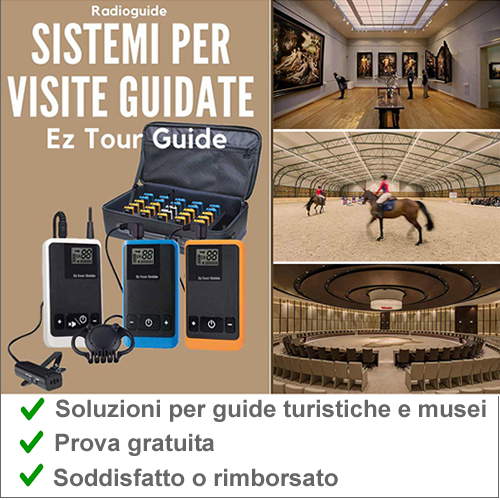Licata, discovered a mask matrix with the face of Medusa
A fascinating new find enriches the archaeological site of Finziade, in Licata, Sicily. During excavation activities conducted in recent weeks, a mask-making die that may depict Medusa emerged. The find was discovered inside the so-called House 18, a building from the late Republican period that, according to preliminary analysis, underwent a transformation in its final phase of use, becoming a workshop for craft production.
“What you see is the matrix of a mask probably depicting Medusa and it comes from the excavation of House 18,” the Archaeological and Landscape Park of the Valley of the Temples in Agrigento announced on its Facebook page.
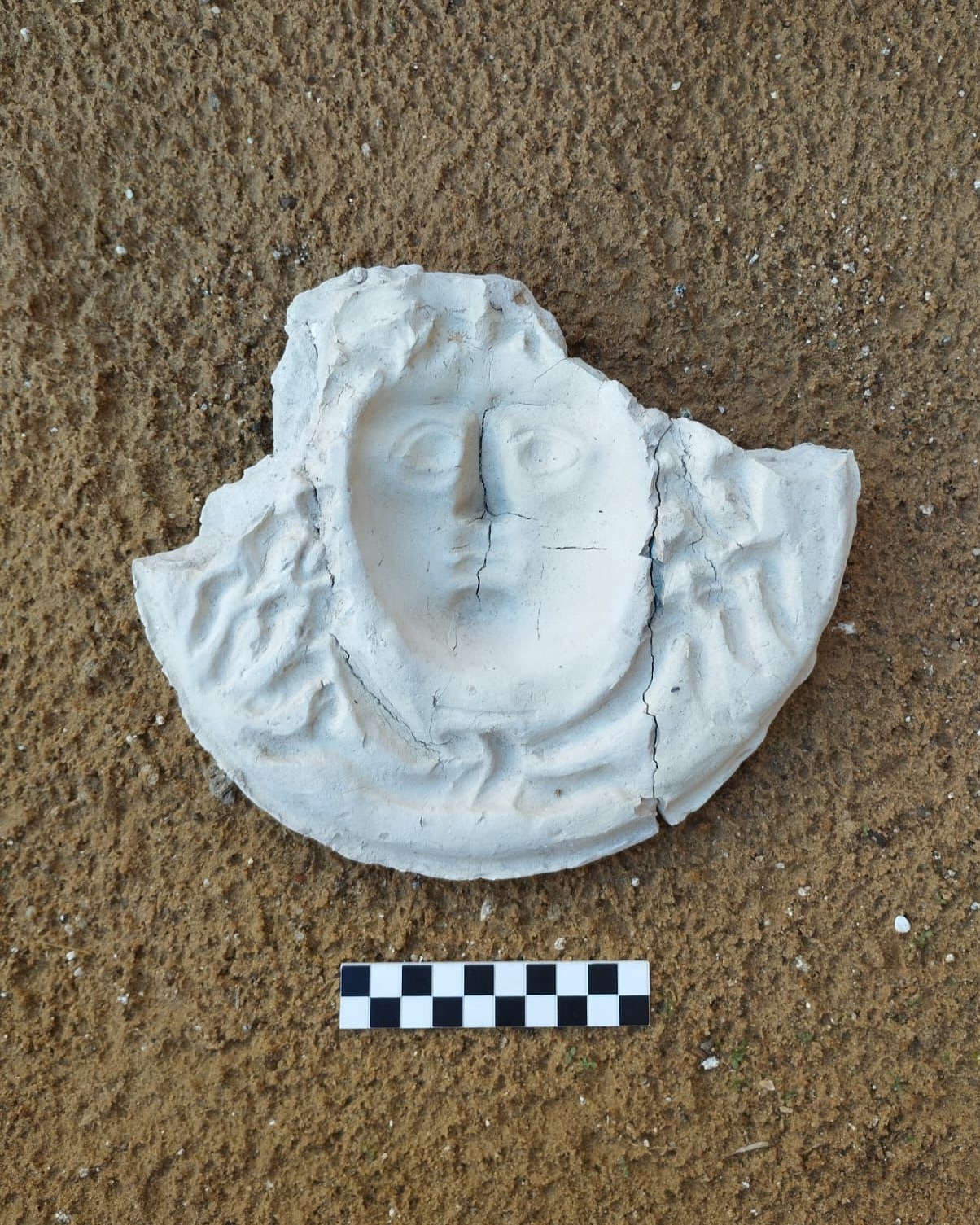
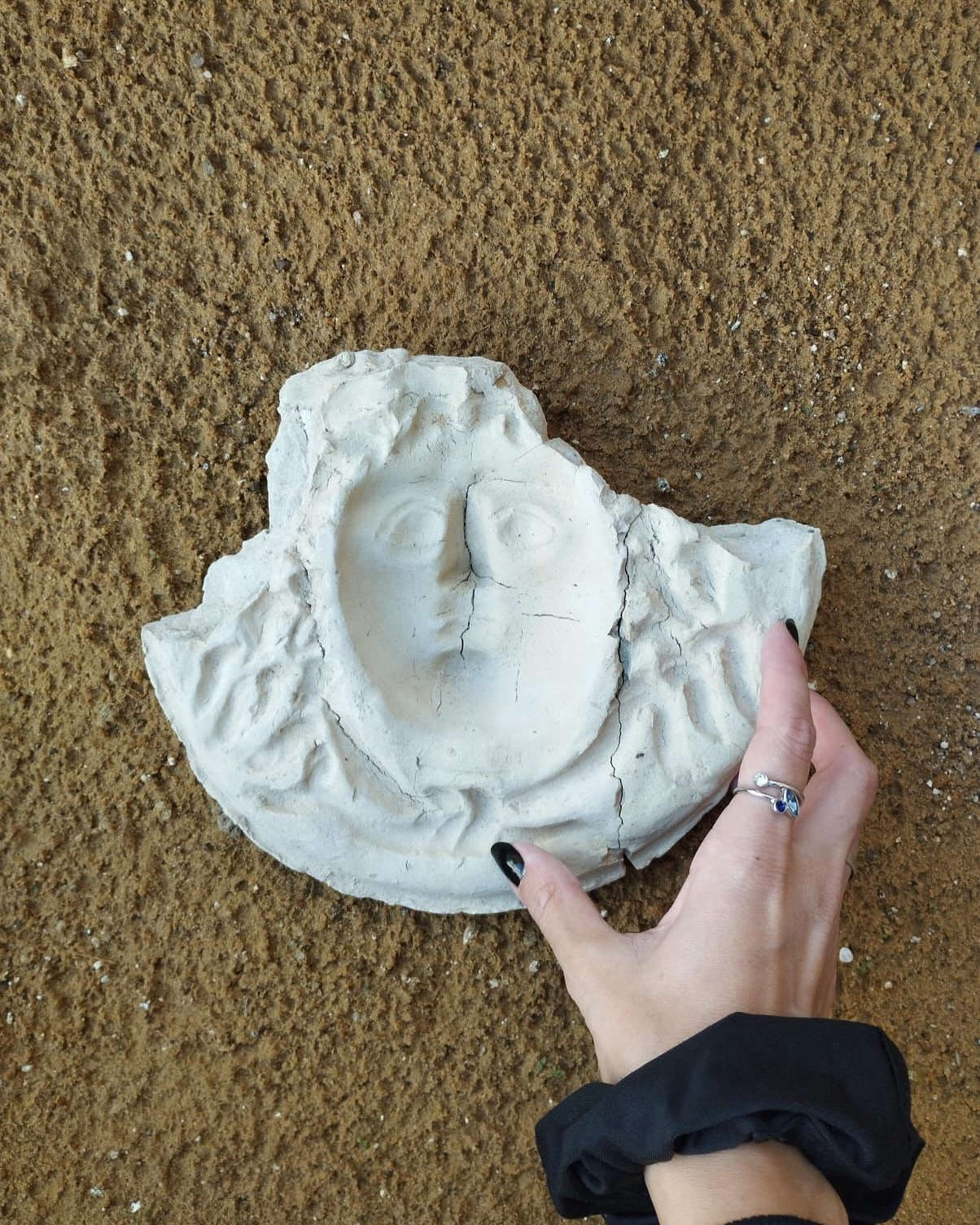
The discovery of several matrices in the same context suggests that masks were manufactured in that environment, a hypothesis that is confirmed by the other finds already identified in the area. Archaeologists believe the manufacturing activity dates to the early first century B.C., a period when Finziade, an important Hellenistic settlement in Sicily, was undergoing a phase of transformation. The research and excavation project, called the Finziade Project, is supported by the Valley of the Temples Archaeological Park in Agrigento, under the direction of Roberto Sciarratta. Field operations are carried out in agreement with the National Research Council (CNR) of Catania and are directed by Alessio Toscano Raffa, for CNR-Ispc Catania, and Maria Concetta Parello.
Coordinating the logistics is Rosario Callea, from the Valley of the Temples Park. The project continues with the support of the Valley of the Temples Archaeological Park, which for years has been committed to the enhancement of Sicily’s historical and archaeological heritage. The discovery of the matrix depicting Medusa could thus open new perspectives on the artistic and ritual productions of the time, thus enriching the picture of cultural influences present in the ancient Mediterranean. In Greek mythology, the face of the Gorgon, precisely the element called the Gorgoneion, a horror pendant, had an apotropaic function, that is, it served to protect against danger and ward off evil. Its use in masks and architectural decorations was widespread in the ancient world and testifies to the persistence of ritual beliefs and practices in the area.
The excavation area corresponds to ancient Finziade, a city founded by the tyrant Finzia of Agrigento in the 3rd century BC. Its birth is closely linked to the destruction of Gela in 282 B.C. at the hands of the Mamertines. To prevent enemies from exploiting its strategic location, Finzia decided to devastate the city and relocate its inhabitants to the right bank of the Imera River, in present-day Licata. Here, on the slopes of the promontory Ecnomo, now known as Fort Sant’Angelo, the new city arose, which took its name from the tyrant himself.
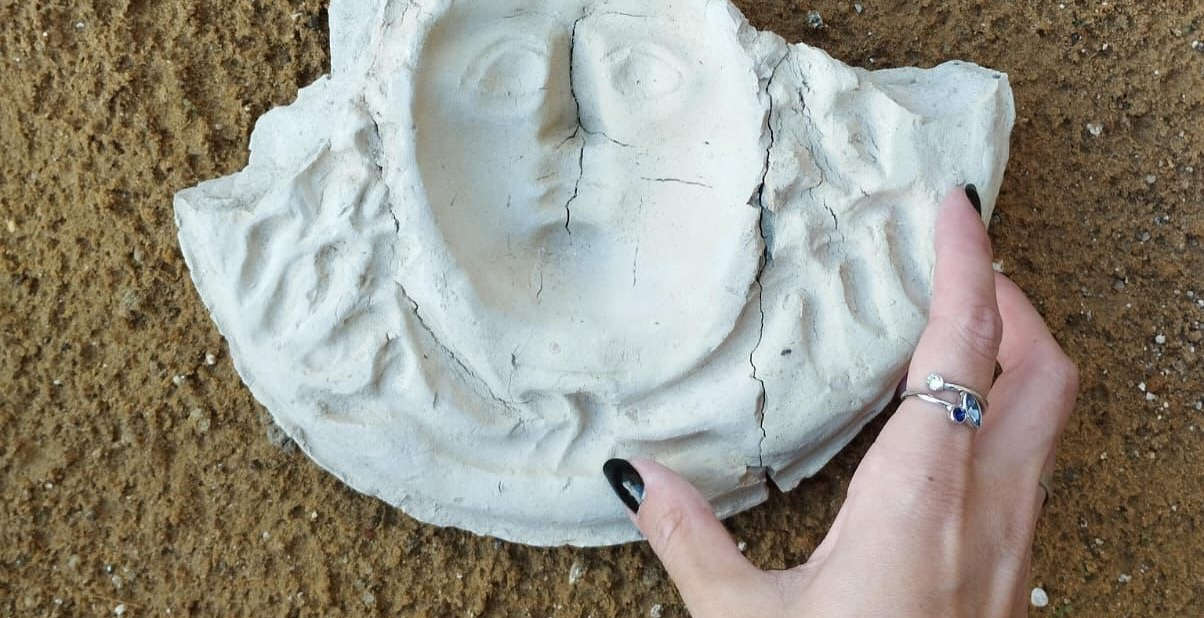 |
| Licata, discovered a mask matrix with the face of Medusa |
Warning: the translation into English of the original Italian article was created using automatic tools. We undertake to review all articles, but we do not guarantee the total absence of inaccuracies in the translation due to the program. You can find the original by clicking on the ITA button. If you find any mistake,please contact us.






